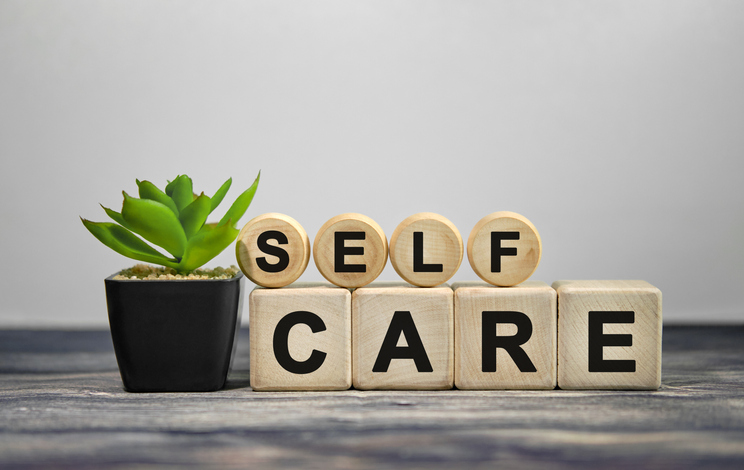Living with Chronic Pain
16 Self-Care Tips for Individuals With Chronic Pain
Source: National Center for Biotechnology Information: U.S. National Library of Medicine: National Institutes of Health, Healthline, WebMD

5 people found this helpful
Print
Share
Save
Self-care is an important component of leading a healthy lifestyle and preventing future illness. Individuals with a chronic pain condition deal with various social, emotional and psychological needs that may differ from their needs prior to chronic pain. Previous life-coping skills and self-care habits may no longer be as effective as they were prior to the development of chronic pain.
Practices that help individuals with a chronic pain condition adjust their self-care rituals to cope with chronic pain include the following:
- Relaxing the muscles
Pain causes the muscles in the body to tighten, which can increase pain sensations. Deep breathing and meditation can relax the body and ease muscle tightness. Progressive muscle relaxation involves tensing and relaxing muscle groups one at a time and in a specific order; this promotes relaxation. Ideally, relaxation exercises should be performed with the body comfortably positioned in a quiet, peaceful environment. - Reducing stress
Stress causes chronic pain to intensify. Listening to calming music may ease tension. Relaxation tutorials may also help reduce stress. Guided imagery uses positive mental images to influence overall well-being. - Exercising
Physical activity can strengthen the muscles while releasing endorphins. Endorphins are the brain’s “feel good” chemicals that can reduce pain levels. While strenuous exercise may be impossible, a health care professional or physical therapist can provide suggestions for appropriate exercises. - Avoiding alcohol
Alcohol intensifies sleeping difficulties, which leads to increased pain signals. - Joining a support group
Talking with others who understand chronic pain and can offer wisdom on how to cope with chronic pain conditions is extremely beneficial. - Avoiding smoking
Smoking causes circulation problems and increases the risk for heart disease and cancer. Smoking also increases pain symptoms and should be avoided. - Tracking pain levels
Tracking pain levels and sharing that information with a health care provider helps individualize treatment. Pain levels should be noted with an appropriate pain scale and activities should be tracked. - Getting a massage
Massages can relieve stress, decrease tension and reduce pain levels. - Learning biofeedback
Biofeedback sessions teach individuals how to control various body functions, such as relaxing certain muscles and decreasing the heart rate. - Eating healthy
Healthy eating can help individuals maintain a proper weight. A healthy diet also aids digestion, reduces the risk of heart disease and improves blood sugar levels. - Finding distractions
Focusing on pain can make it worse; however, distractions help reduce pain by refocusing the brain. - Checking the facts
Catastrophizing pain experiences makes symptoms worse. Mentally checking facts to determine if the current situation lines up with reality keeps the brain from spiraling and anxiety levels from increasing. - Practicing gratitude
Keeping a gratitude journal helps individuals appreciate the good days and can provide hope on difficult days. - Keeping self-care simple
Simple and intentional self-care helps promote balance in the mind and body. - Advocate for oneself
Talking about chronic pain and its effects can be difficult. Advocating for oneself not only helps others understand, but it also relieves pressure from trying to pretend the pain does not exist. - Validating feelings
Bad days happen and can cause feelings of grief. These feelings are valid and acknowledging them is okay. Individuals should allow feelings of sadness and anger. Emotions are temporary; they always have a beginning, a middle and an end.


















